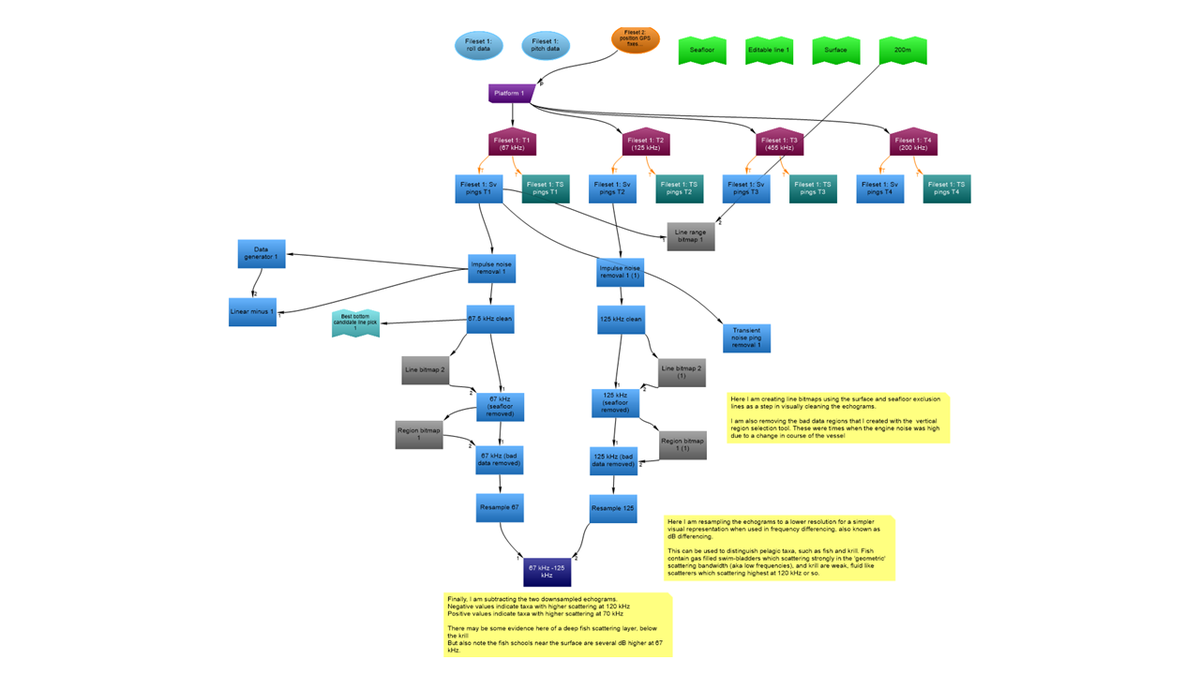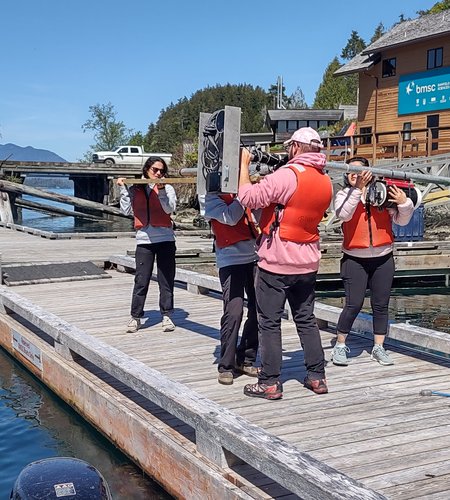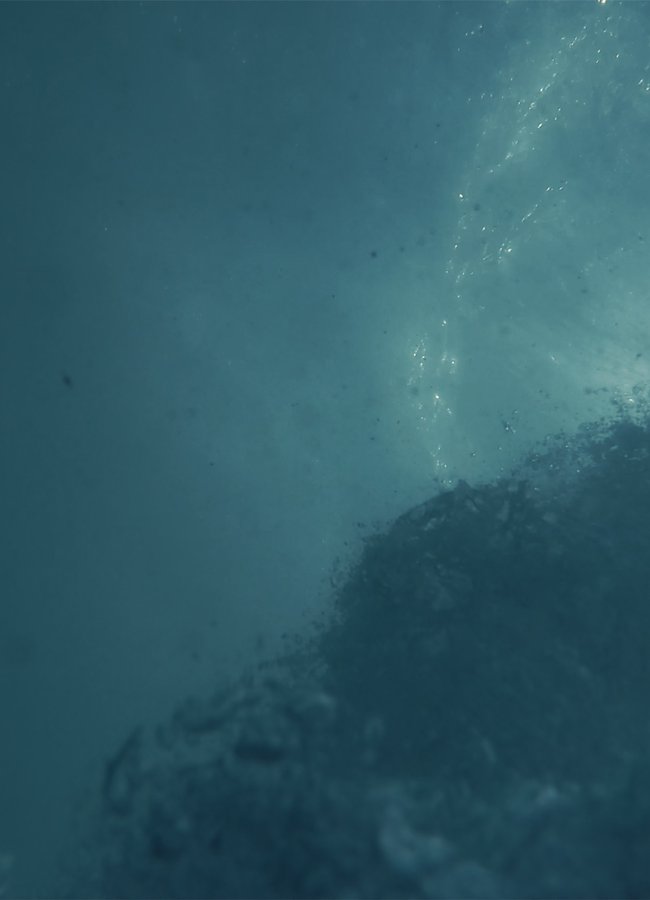Between May 7 and 18 of this year, a group of researchers from the University of British Columbia (UBC) and University of Victoria (UVic), along with government and industry partners, ran a field school aimed at providing graduate students with experience collecting, analyzing and interpreting a range of ocean data products.
The field school, conducted under the auspices of the Pacific Rim Ocean Data Mobilization and Technology (PRODIGY) program, comprised 5 instructors including: Professor Philippe Tortell, Head of Dept. of Earth, Ocean and Atmospheric Sciences at UBC, Rich Pawlowicz, Susan Allen and Stephanie Waterman from UBC, Jody Kylmak from UVic and Ivan Perez Santos from Universidad de Los Lagos, and 18 students from Canada and Chile. The course included time at the Bamfield Marine Sciences Centre on the west coast of Vancouver Island, and at the Hakai Institute’s Calvert Island Ecological Observatory.
At both locations, students and instructors spent intensive days configuring and deploying a wide suite of ocean instrumentation, including a range of optical and acoustic sensors and dissolved gas measurement systems, on various platforms (deployed from ships, mounted on ocean gliders and installed in a continuous flow-through seawater lab).

Students used a number of data analysis tools to examine spatial and temporal variation in key ocean properties, and explore the underlying factors driving this variability.
ASL Environmental Sciences’ (ASL) Biological Oceanographer, Dr. Julek Chawarski, was invited as guest instructor to teach students about acoustic research using ASL’s Acoustic Zooplankton Fish Profiler. Students were exposed to a range of skills, from setting up a pole mounted system on a small vessel to the analysis of acoustic data with Echoview. Students learned the basics of Echoview software, including principles of de-noising, algorithm development and the application of frequency differencing for the detection of krill scattering layers.

A derived echogram created in Echoview, where the blue backscatter generated via frequency differencing was used to identify the krill scattering layer.
Research interests among students varied, including the detection of methane bubbles in Arctic environments and the detection of turbulent mixing in fjord-like environments.

An example workflow that students used to process data in Echoview.
The course is the third of its kind, and is expected to continue for another three years, alternating between coastal British Columbia and Chilean Patagonia. ASL is looking forward to continued collaboration with the PRODIGY program. Dr. Chawarski will be travelling to Chile in February to continue his contributions to teaching acoustics to students and researchers alike as part of the PRODIGY summer school.
We were pleased to support this PRODIGY program field school.

